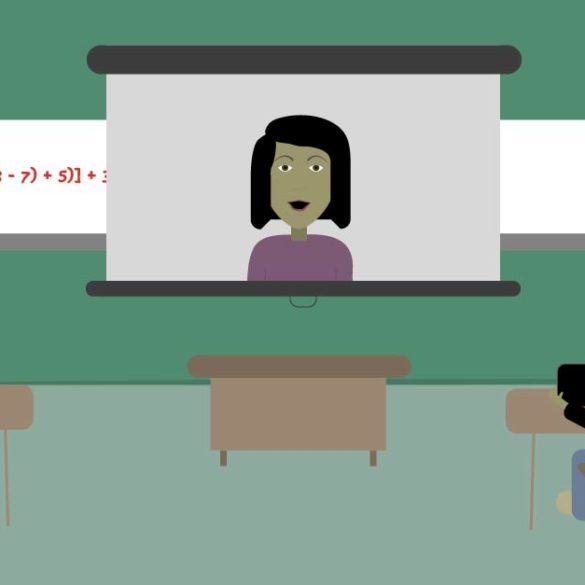Innovation in technology creates a learning curve for the next generation.
I dislike reading books on a digital device. There’s something about holding the printed paper of a book and feeling the width of the pages in my hands that a left swipe on an iPad can’t give me.
When textbooks only come in digital versions, I tend to despise them. I was raised with physical textbooks, and the change of pace really throws off my studying.
My fifteen-year-old sister, on the other hand, doesn’t carry physical textbooks to class. All she has is a Windows Surface provided by her school. On that tablet are all of her readings, homework, and often, tests and quizzes. She loves it, she says. Except for the lingering fear of it crashing and losing everything. Not to mention she wouldn’t be able to do any class work until it could be replaced.
We were raised during different technological eras. My sister grew up in a time in which technology was heavily incorporated into her classroom instruction. In middle school, she had an iPad that functioned the same as her Surface in high school. Now, she takes driver’s education courses entirely online, whereas I had to cram into a basement with fifty other kids for four hours at a time to complete mine.
This technology brings countless opportunities with it. College students can receive an education entirely online. But it also brings implications. Besides the potential of technology failing and being unable to complete work, students are also on the clock even when they aren’t in class. Assignments can be due at certain times on certain days, and rather than turning in assignments during class periods, students often turn them in electronically at home—because they are required to.
From changing learning styles to adapt to our new technology, to new ways to engage students to cater their learning experience in a way that is best suited for them, to the future of learning, Ball Bearings investigates how technology impacts our education.




